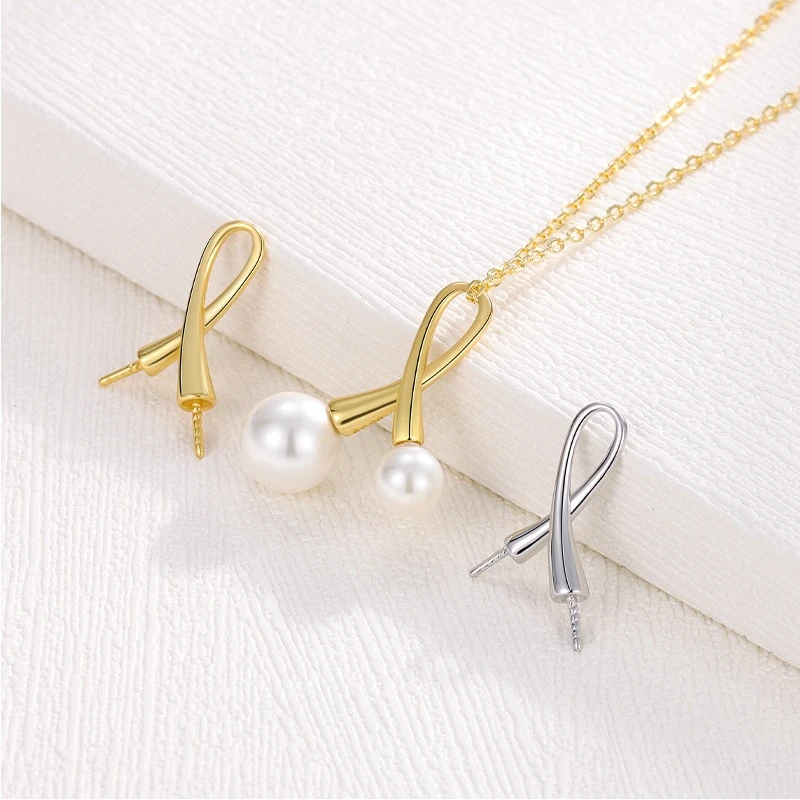Sterling Silver Identification: Ancient Techniques to Tech

Silver Identification: The Millennium Code
Deciphering the International Marking System
Modern silverware is commonly marked with “925” and “999”, corresponding to 92.5% and 99.9% silver content. However, other markings exist:
- Burmese silver is usually marked with “960”.
- Traditional Mexican silver jewelry is often marked with “980”.
- The “Ichin” mark from the Meiji period in Japan represents 95% purity.
Genuine sterling silver products must also have an engraving of the country code (e.g., CN, US) and the manufacturer’s seal.

Ancient Wisdom of Identification
- Listening Test: Tapping a pure silver coin on a hard surface produces a “buzz” lasting more than 3 seconds, whereas alloys have a short, sharp sound.
- Bending Test: Silver bars with over 90% purity develop fish-scale cracks when bent repeatedly, while silver-plated alloys break directly.
Modern Testing: Seven Verification Methods
Physical Detection Methods
- Density Test: Pure silver has a density of 10.49g/cm³. Submerging the silver in water and measuring the displaced volume can confirm authenticity.
- Thermal Conductivity Test: Pure silver has a thermal conductivity of 429W/m-K, 1.5 times higher than copper. When placed in boiling water, genuine silver mists up immediately.
Chemical Color Reaction
Using silver nitrate test paper (costing around 5 yuan per sheet) provides a non-destructive test:
- Real silver turns the paper gray-black due to silver sulfide formation.
- White copper results in blue-green patina traces.
Advanced Spectroscopy
Handheld XRF spectrometers (rentable for about 200 yuan per day) can detect adulterating elements like zinc and cadmium in under 30 seconds. The 2022 Guangzhou Quality Supervision Bureau reported an accuracy of 99.7%.
Avoiding Counterfeit Silver: A Guide
Sandwich Silverware Identification
The 2018 “tungsten core silver brick” incident highlighted the need for resistance testing. A genuine silver ingot’s resistance deviation across six sides should not exceed 5%, whereas counterfeit silver often has a deviation over 30%.
Recognizing Electrolytic Silver Plating
- Observe wear and tear: Genuine silver oxidizes into a uniform yellow-brown layer, while silver-plated items reveal a white base.
- Using 800-mesh sandpaper: Real silver produces flocculent shavings, while alloys turn into powder.
Key Reminder: National Precious Metals Traceability System
Since 2023, new national regulations require all silver jewelry to be registered in the “National Precious Metals Traceability System” using laser coding. Consumers can verify authenticity by scanning the code via WeChat.
By combining traditional wisdom with modern technology, we can preserve the true value of every gram of pure silver.